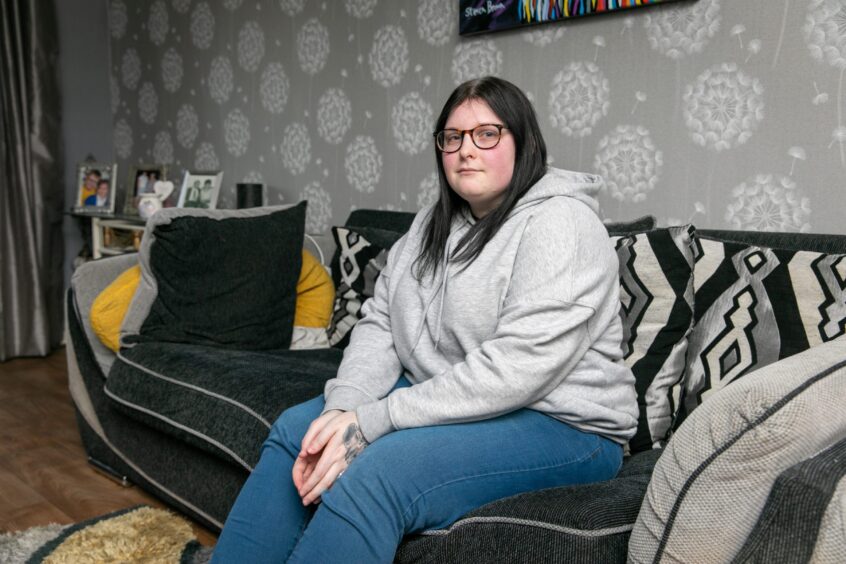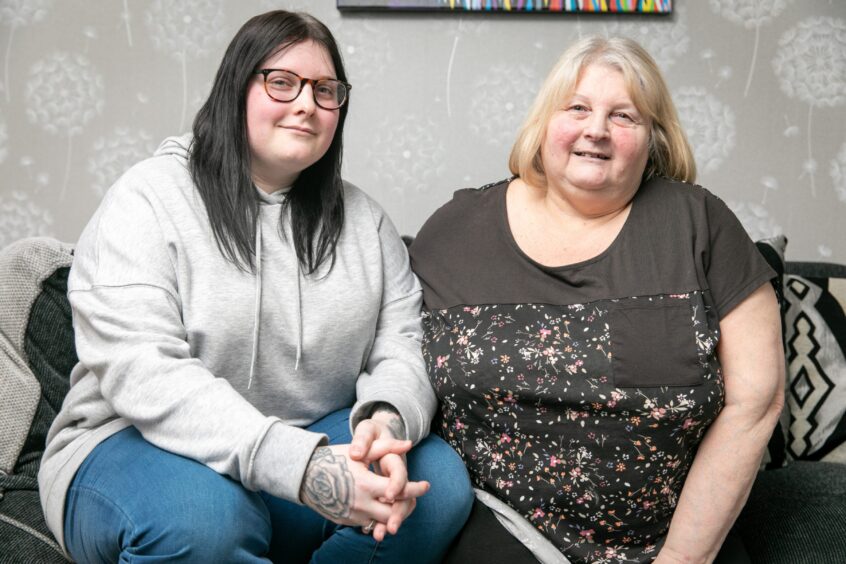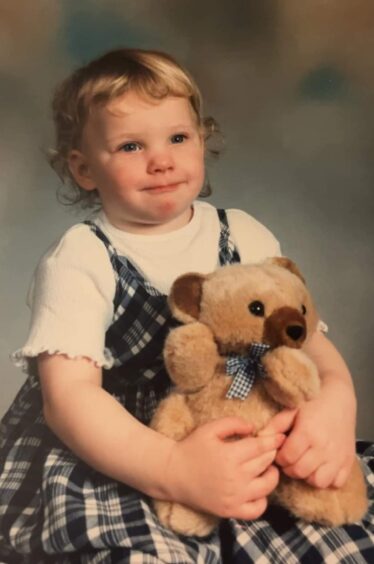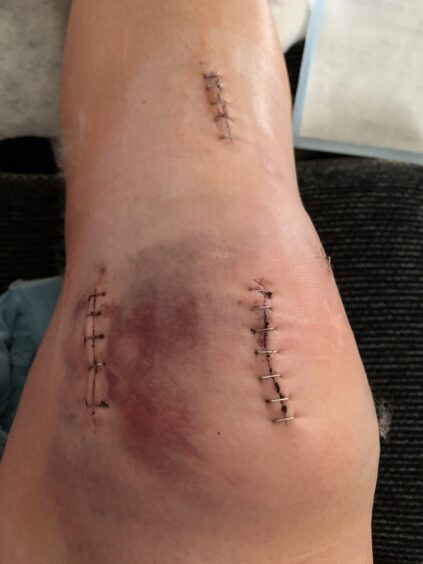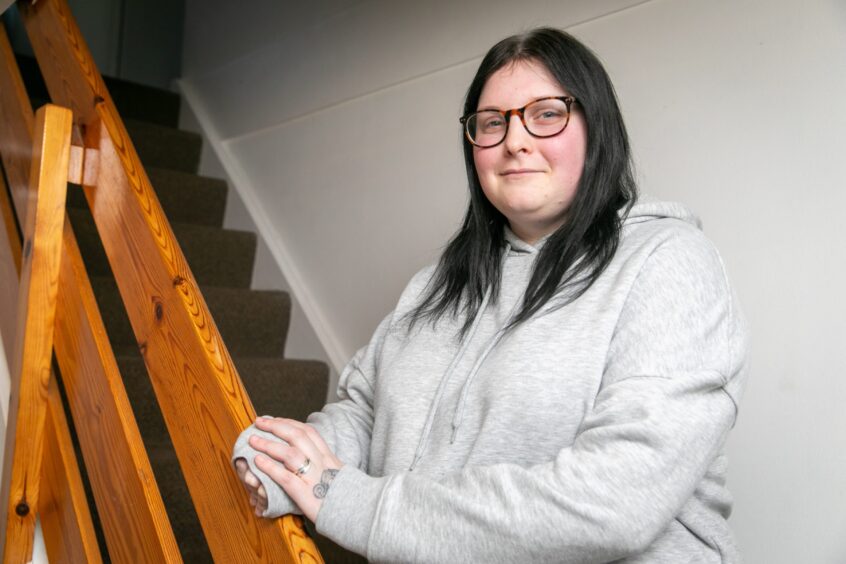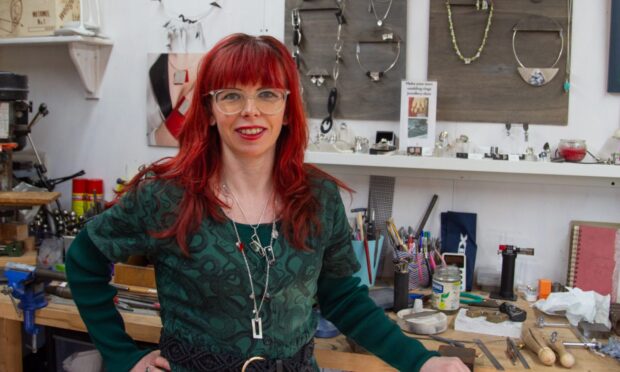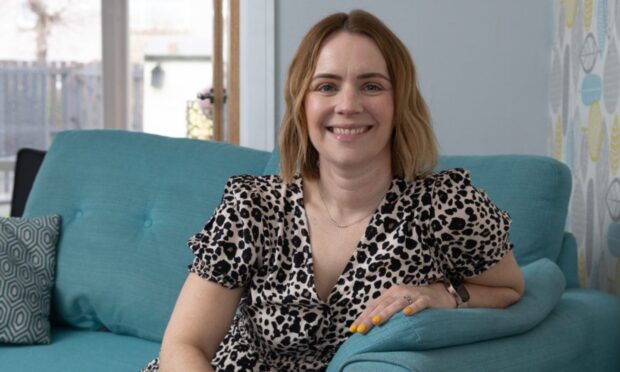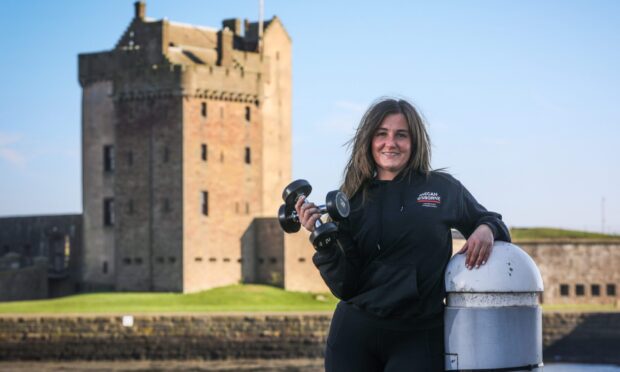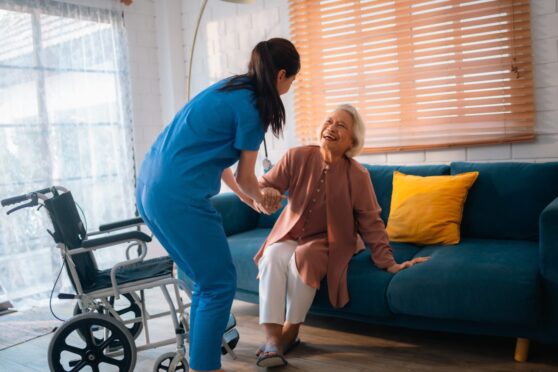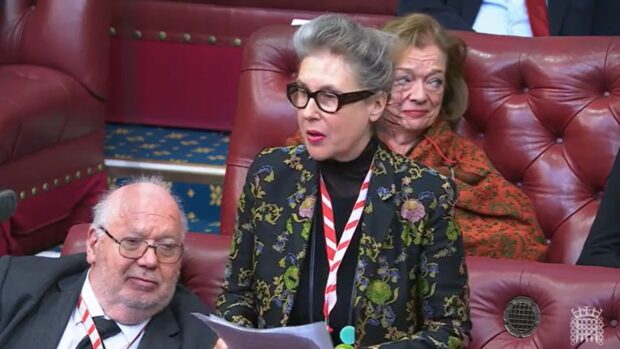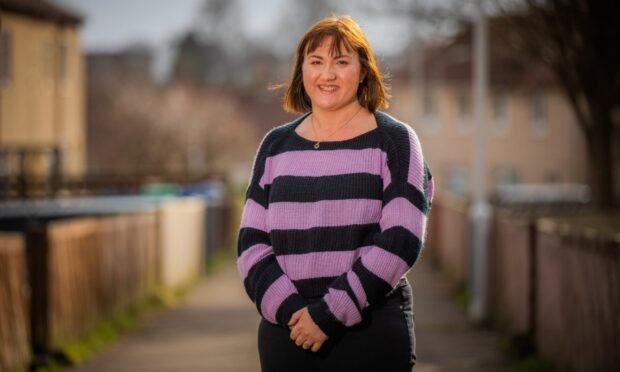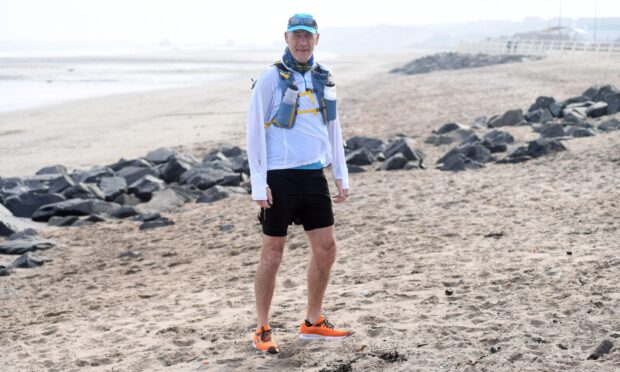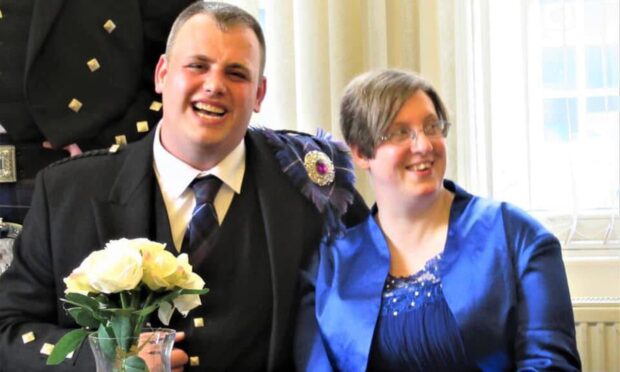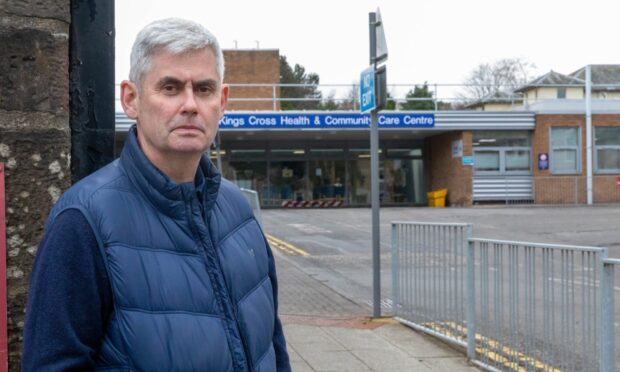
Fife Flyers super fan Abbie Bryson had popped to the toilet while watching her favourite ice hockey team when she suddenly fell to ground.
Unable to speak, she had to rely on two bystanders to run and tell her mum that she was experiencing another, potentially life-threatening, epileptic seizure.
She tells me those strangers’ help was so important to her that day.
“Two months ago I was at an ice hockey game and I had a partial seizure.
“I was standing in the queue for the ladies toilets when I suddenly dropped to the floor. I couldn’t speak properly.
“There was a security guard and he just stood there and stared at me.
“Thankfully there were two ladies there who had medical training. They came over and asked me what I needed.
“I told them to get my mum and I pointed up the stairs. Then ran up the stairs and shouted ‘girl is having a seizure, she needs her mum’.
“My mum was then able to help me.
“This is why it is so important to raise awareness so that people have more of an understanding of epilepsy.”
Who is Abbie Bryson?
Abbie is from Glenrothes and looks like any other 29-year-old woman.
Until she reveals that she has multiple seizures daily as a result of epilepsy.
Sometimes they have been so bad that Abbie has sustained serious injuries, including breaking her back last year.
She can never be left on her own because of the high risk daily of her having a seizure and is looked after by her mum, Lesley Thomson, 61, who is also her carer.
What type of epilepsy seizures does she have?
Abbie, who has brother Liam, 33 and an older sister Lyndsay, 39, explained she has three main types of epileptic seizure.
“The main one I have is a tonic-clonic seizure where I lose consciousness and my whole body shakes.
“A partial seizure is where I get tingling that starts in my head and goes down my body.
“That one can be quite frightening because I never know if it will then lead to a full seizure.
“Or I can have episodes where I can be just staring and totally blank out.”
Abbie said that unfortunately surgery has been ruled out as an option to control her seizures.
“They can’t operate because my seizures seem to generalise all over my brain.
“It seems to go from the right side to the left so they can’t pinpoint where it actually starts from.
“If it was just in one area they could maybe do surgery but as mine is all over they can’t.”
What helps her cope with epilepsy?
It has been difficult for Abbie to come to terms with her epilepsy, especially given the fact she is unable to work because of it.
But one thing which has helped to keep Abbie going despite the problems with her epilepsy, is her love of ice hockey.
She has been a huge fan of Fife Flyers since she was a youngster and regularly attends home games in Kirkcaldy.
Abbie also started up an unofficial supporters club for Fife Flyers when she was a teenager.
“I run the group on Facebook so that gives me something to focus on.”
She tells me more: “We go to Nottingham every year for the play offs and I have met a lot of friends through that.
“I love going to the away games because it gives me something to look forward to.”
When did Abbie start having seizures?
Lesley explains that her daughter first started having seizures when she was 15 months old and they lived in Plymouth.
“Abbie climbed onto my knee and then went into a seizure. I phoned an ambulance and it took 45 minutes for her to come out of it.
“It was treated as a febrile convulsion which can happen when a child has a seizure.”
According to the NHS, febrile seizures relatively common and, in most cases, aren’t serious.
Lesley said Abbie then had another seizure six weeks later and again when she was three years old.
“The next time it happened Abbie was seven. She was sitting with her older brother Liam in the kitchen.
“I heard him shouting ‘Abbie, Abbie’ and then he said: ‘Mum there is something wrong with Abbie’.
“When I came through she was just staring into space, then she had a seizure.”
Epilepsy seizures so violent Abbie broke her back
Lesley says many of the seizures have been serious – including the day Abbie broke her back.
“Abbie had a seizure and she was bent double on the toilet,” she remembers.
“She was fine afterwards although she said her back was a bit sore. Then that night she had two seizures in her sleep.
“The next morning she had another two seizures, but they were really violent.
“She was sitting on the sofa when it happened and afterwards, she couldn’t get up.”
It turned out a bone near the bottom of Abbie’s back had chipped off and was compressing the nerves in her spinal cord.
As a result she couldn’t feel her feet or her legs.
Lesley goes on: “I remember the doctor telling me she had broke her back. I couldn’t believe it. He said she needed to have surgery.”
Abbie was operated on to remove the chipped bone at the Royal Hospital for Children and Young People (RHCYP) in Edinburgh.
She then spent two months in a spinal unit learning to walk again after the operation.
Abbie’s seizures have also resulted in her dislocating her shoulder and her knee twice. And on the last occasion she ended up needing surgery on her knee.
Abbie’s seizures have got worse
Lesley says her daughter’s seizures have been getting worse.
“She can have multiple seizures in a day.
“She has had them when we have been out – when we have been on the bus, in restaurants and at the ice hockey.
“But it doesn’t stop us from going out and doing things. I always have Midazolam with me which is her rescue med.”
‘There are people worse off than me’
Abbie remains hopeful she will find the medication which can help reduce her seizures.
“There are people in the world who are worse off than me.
“I am quite lucky because I can walk and I can talk. There are some people with disabilities who can’t get out of bed.
“That’s the way I look at it because if I feel sorry for myself all the time, I would never live my life.”
